A juicy conversation!
0 Comments
Check out this week's Disciplinary Core Ideas!One of the reasons I post these DCIs for you each week is to help you become more familiar with the standards and language. To be honest, you can address many of them without doing much of anything to "science-y" at all! Knowing these standards helps you maximize teachable moments. If a student shares about a trip to an amusement park or you find a crocus sprouting through the snow you can take a moment to ask questions that push your students to become scientific thinkers which has far reaching benefits!
How to rotate files and adjust supports.We do our best to share files that will be easy to print, but sometimes some files just don't seem to play nicely! There are some variables at work. We've occasionally found that different filament colors will behave slightly differently. Every now and then we get a file that does better printing at a different resolution. The more your play and print the more you learn! Here is a quick guide to rotating files and adjusting supports if you've not yet played around with these! We will demonstrate with the Mini Beth and Curtis Passengers for the Safari Car using our Flash Forge slicer (the software that came with the printer.) The resulting print was of good quality. I popped off the supports with needle nose pliers and had no trouble getting the passengers to fit into the car. Good luck! Let us know how it turns out for you!
Literacy tips at your finger tips!Sometimes the comics Curtis and Ben create spark so many teaching ideas, I don't know where to start! I suppose I'll start with PreK, but to be fair, these tips would work across grade level spans. I absolutely adore the illustrations this week and hope that you do too! 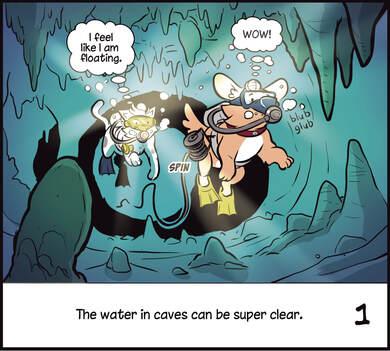 PreK: Focus on visualization skills. Listen like and olm! Curiosity Cat and Data Dog encounter a sightless salamander this week; an olm. Have students work on visualization skills and pretend they are an olm listening to you read the comic aloud. Gather children into your reading area and have them lay face down resting their closed eyes on a "pillow" they make by placing their hands one atop the other. Prompt them to imagine they are an olm. They can not see with their eyes, but they can imagine the pictures! Read the comic and then encourage your "olms" to describe what they imagined each panel might look like! Flash Light Reading! Unlike the olm, Curiosity Cat and Data Dog CAN see in the cave by using their head lamps. Turn our the lights and draw the shades, then read the comic by flash light! Setting the stage like this can help students imagine being in the dark cave along with the characters. Being able to put themselves into the story can help with visualization which, in turn, will help with comprehension! Kindergarten: Focus on blends and blending. Robot, Turtle, and Rabbit Talk! We've got some juicy consonant blend words this week: spin, blub, glub, and drip! These blends can be tricky for beginning readers. Segmenting and blending skills can really help students tackle words like these but those skills can be less than thrilling to practice! My students loved to talk like a robot, turtle, and rabbit to work on these skills. I even had puppets for each character! Here's how it works. First teacher models saying a word like a robot (each phoneme is distinct and separate) /s/ /p/ /i/ /n/. Then a student tries to say the word like a turtle...verrrryyy sssslllooowwwlllyyy! Like this: ssssspppppiiiiinnnnn. Finally another student says it like a rabbit. That means they say the word quickly or at a normal speed, but not too loudly as rabbits have sensitive ears! As students gain skills you can mix up the roles. I like adding in the turtle as it gives students time to work that segmented word back together and improve their blending skills.
Service learning has far reaching effects.
The very best service learning is tailored to existing needs, both your student needs and the broader needs of a community. Plus, service learning seemed to engage and motivate ALL my students, especially the ones that sometimes struggled with behavior or academics. In my experience, it was also critical to tie service learning to student interests. We provide far more service learning suggestions than any class could do with any meaning at all. We only hope one or two a year can spark an interest and help you take that next step with your students. Of course, I did not have a curated collection of resources like Go2Science when I was in the classroom, so I developed a method for designing service learning projects with my students.
Five steps to Service Learning
I encourage you to adapt, change, or even ignore our service learning suggestions! But I also encourage you to find ways your students can do good in the world. You'll be surprised at how it also helps them do well in school! Rich content needed to teach critical thinking
We do our best to pack our missions full of content! Many of you have written to me with stories about the amazing work your students do when engaged in our missions. It makes us so happy to hear these stories! I saw evidence to support this premise over and over again in my classroom too. Content matters!!! While we certainly don't expect students to fully understand the way a resistivity test works, there is little doubt that interacting with such juicy content has far reaching benefits! In a time when it seems more and more schools are minimizing science and social studies content for their youngest students in favor of a hyper-focus on isolated literacy skills, it is critical to take a step back. "research from the last 30 years shows that young children are far more capable in engaging in reasoning than we once thought. Scientists now think that cognitive development is more gradual and starts young. " We know students learn best when they care and that rich content is essential to learning vital skills. We are so proud of the many teachers we know who take the time to bring that content to students. We are honored to know you and to support you in bringing the best to your students.
Looking ahead to the next mission!
Oddball Materials!
Beautiful Books!
Up, up, and away?
Oh, the places you'll go!!!We've got a super treat in store for 3D printing fans this week! In addition to a skull we've got a bunch of files to share with you that combine to make interchangeable Safari vehicle components! These files were designed by our friend, Dave Perloff, and are very flexible! You can print all the components for students to assemble for dramatic play and exploration but here are a few ideas to take it to the next level.
The Safari Car files are coming to you a bit differently than usual. When you click the download icon on the 3D Printed Wonders page, instead of the usual stl download, you'll open a slide show. It's got every stl file you'll need along with printing directions. Best of all, when Dave tweaks and refines his designs you'll have access to the most current version! AND if you've never tried flexible filament, this is an awesome time to do it. Dave recommends printing the tires and headlights in orange or green flexible filament by Solutech. They seem to work best. We have the green filament and it works great! Please let us know how things turn out and happy printing!
|
Details
Meet Beth and Curtis!Presidential Award-Winning teacher and hula hoop fanatic, Beth loves bringing real world science to kids! Beth is fascinated by engineering challenges, technology, and outdoor learning spaces. After 25 years teaching kindergarten, she’s excited to share her passion and experience on-line with classrooms from around the world! Archives
May 2021
Categories
All
|
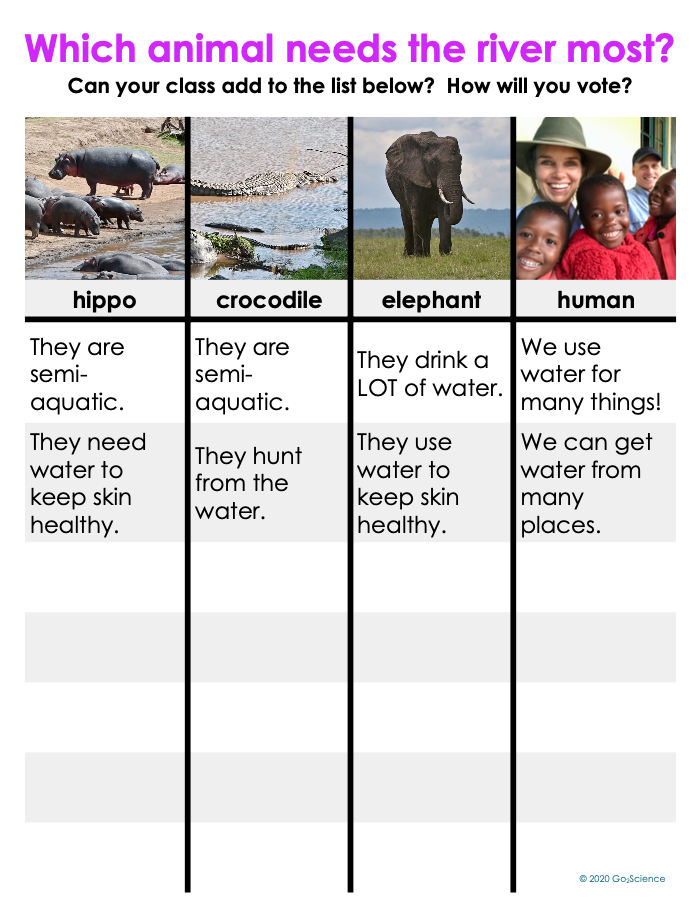
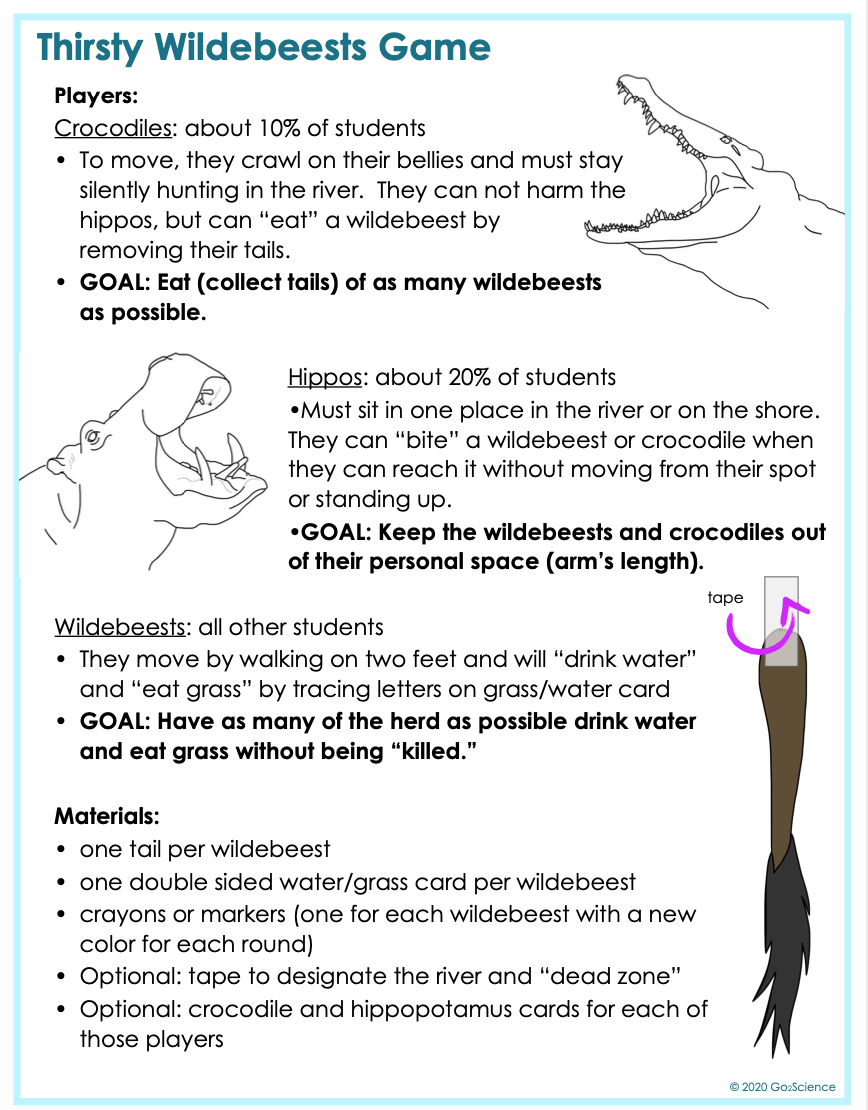
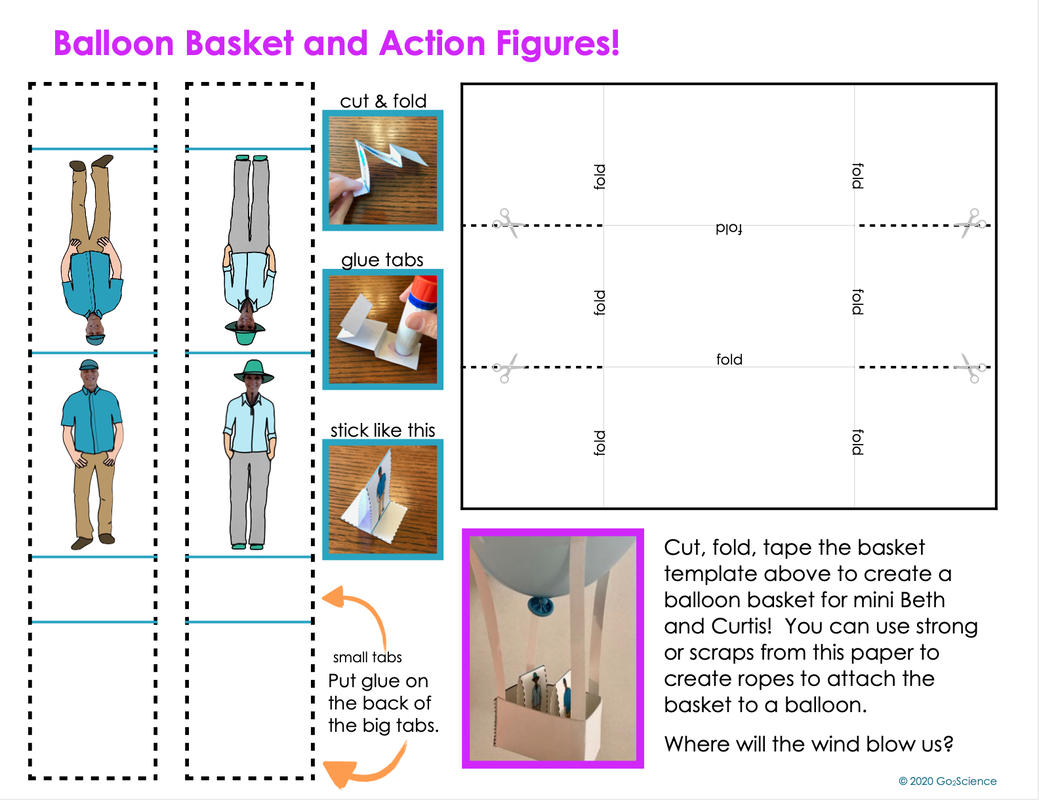
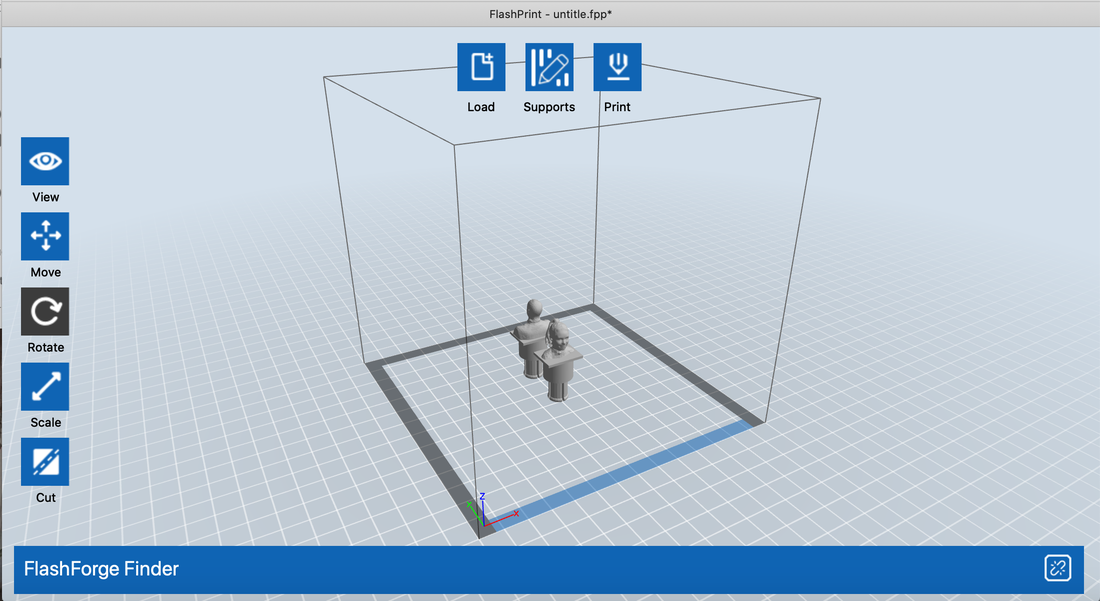
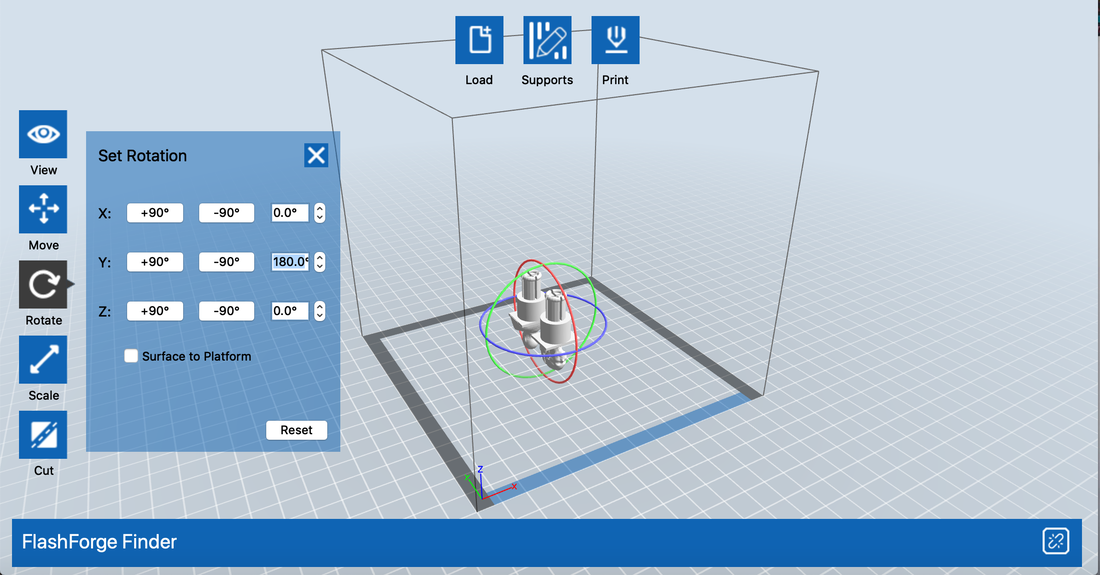
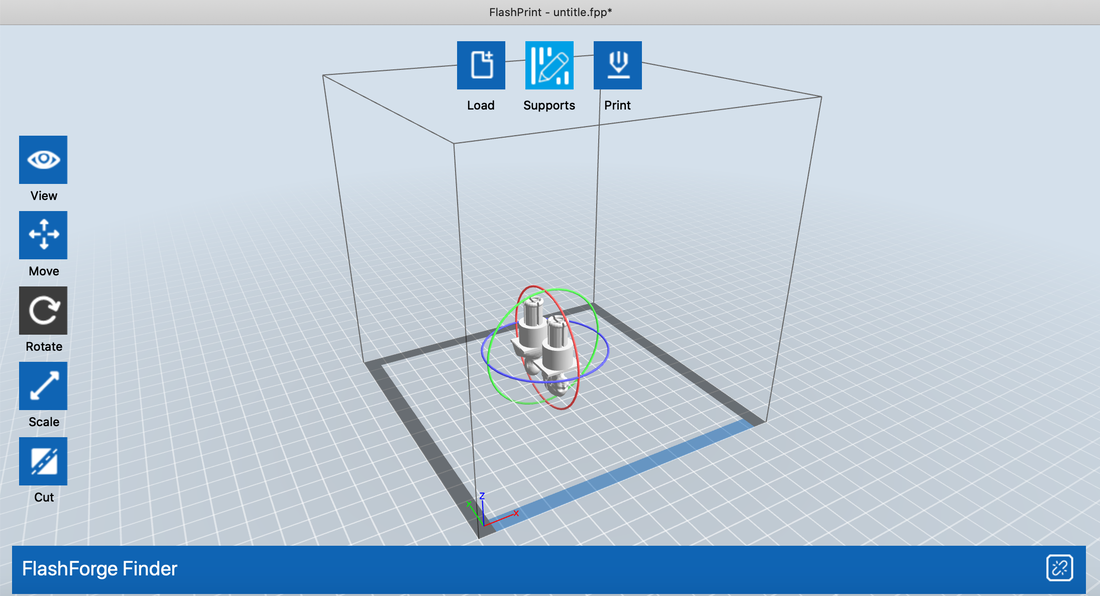
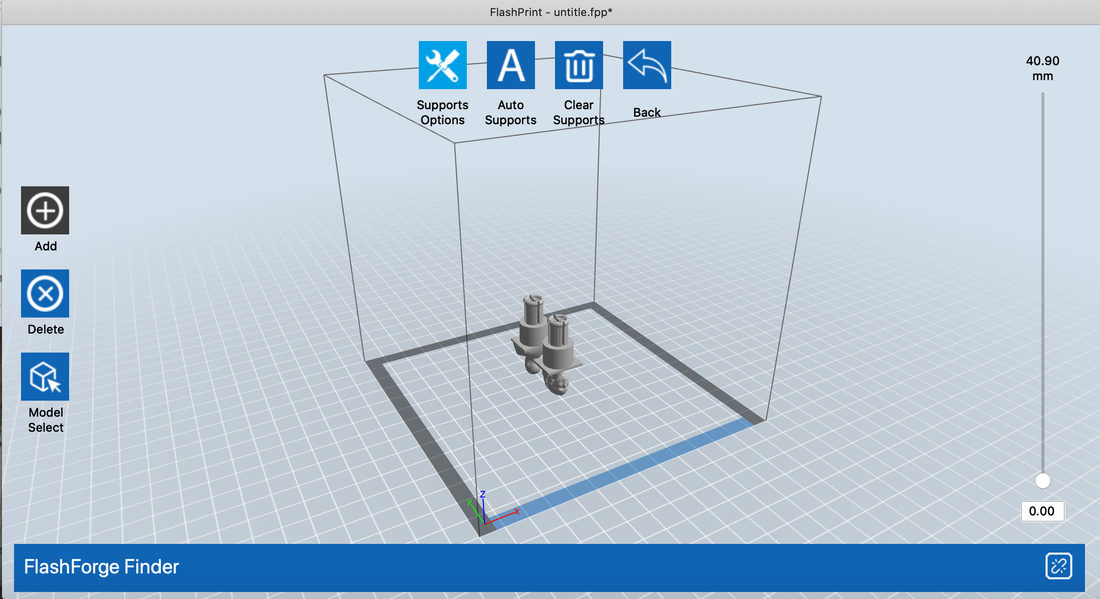
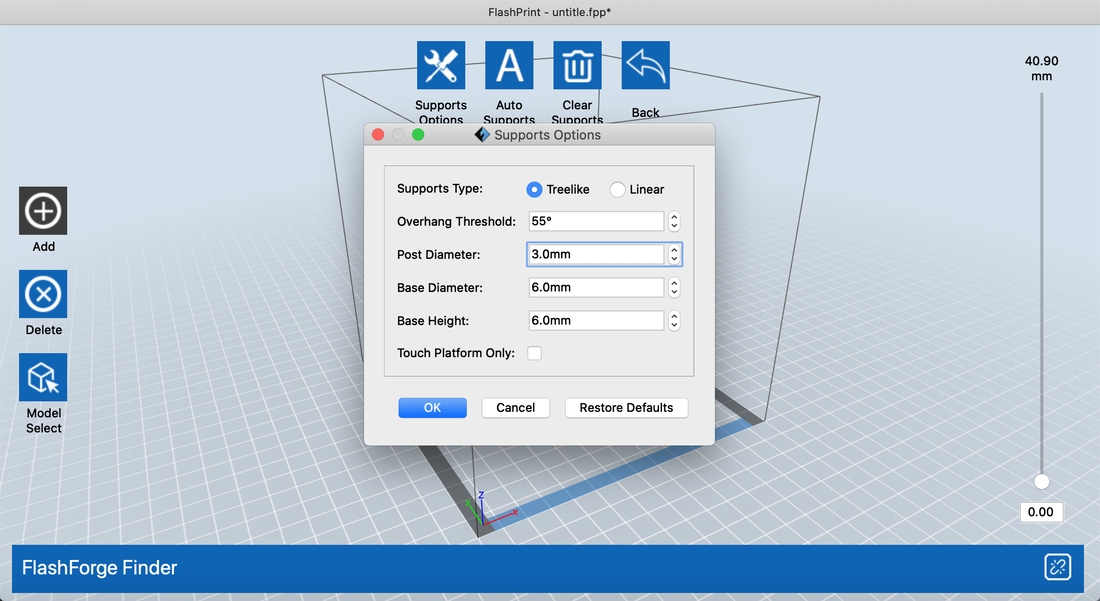
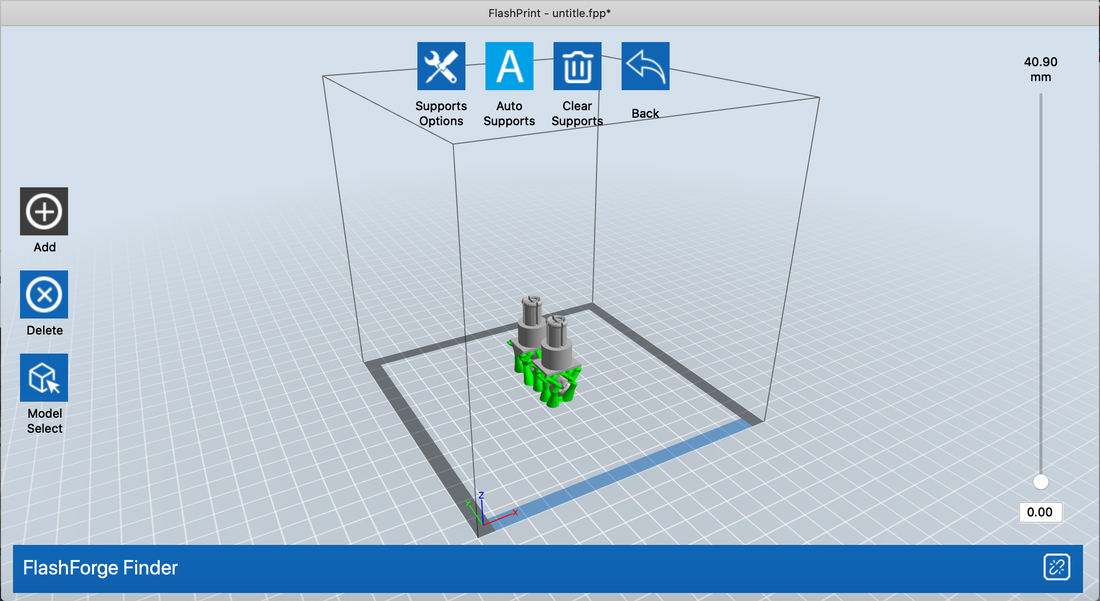
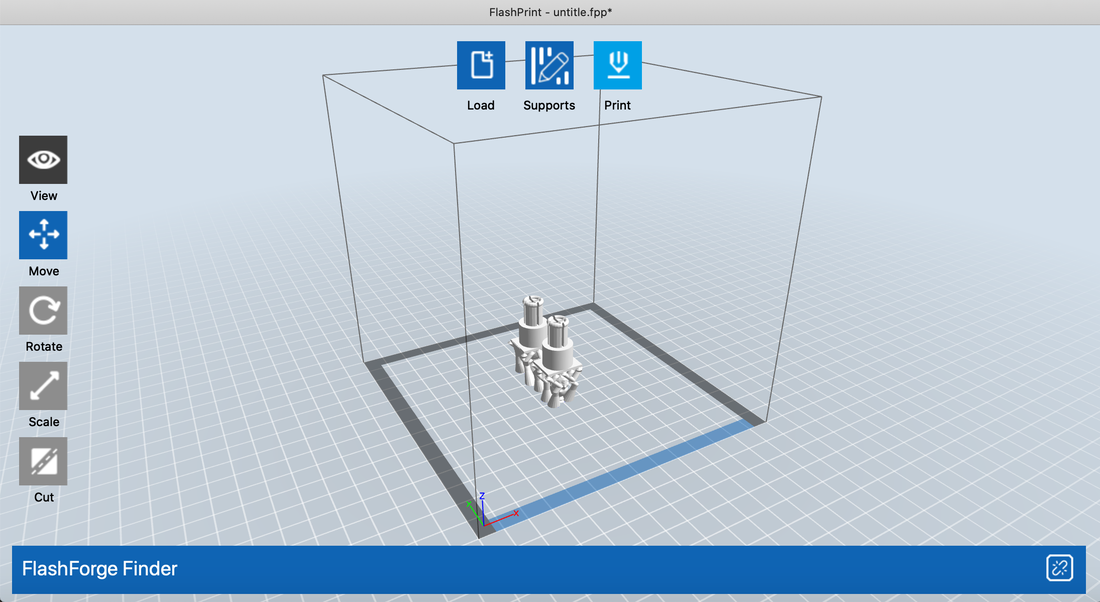
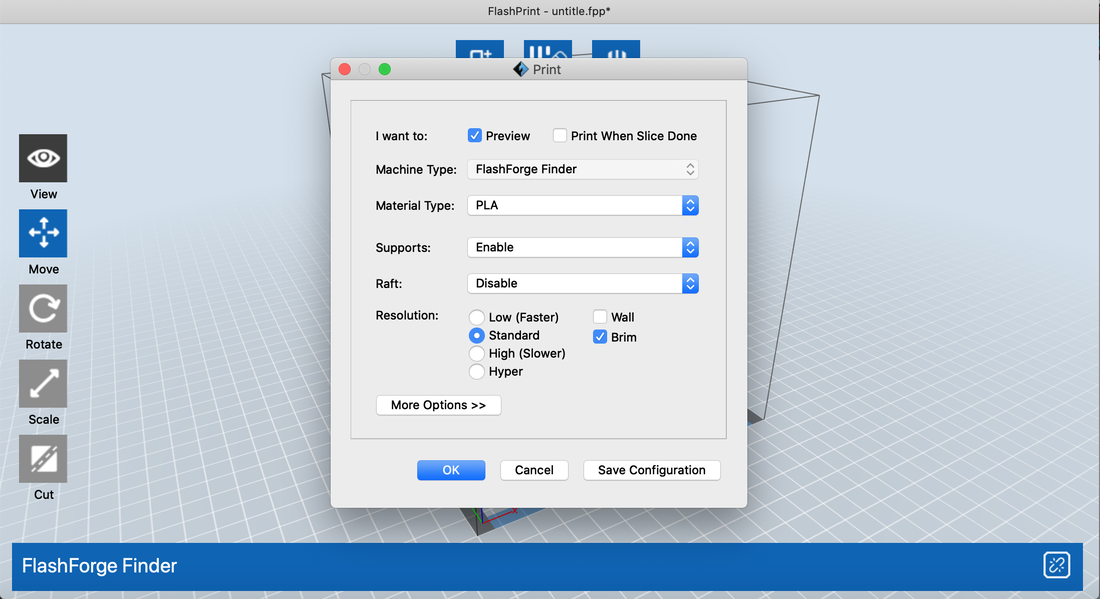
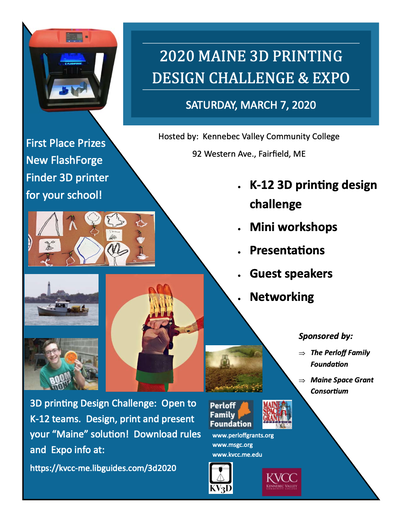
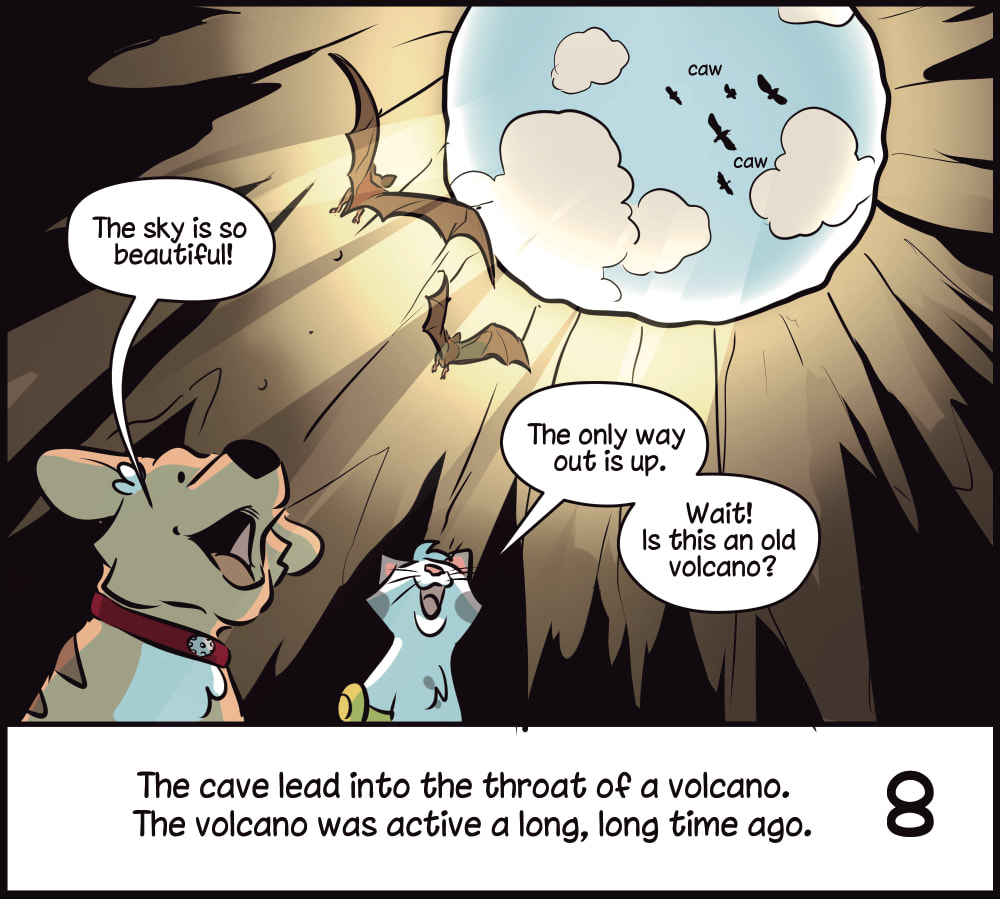
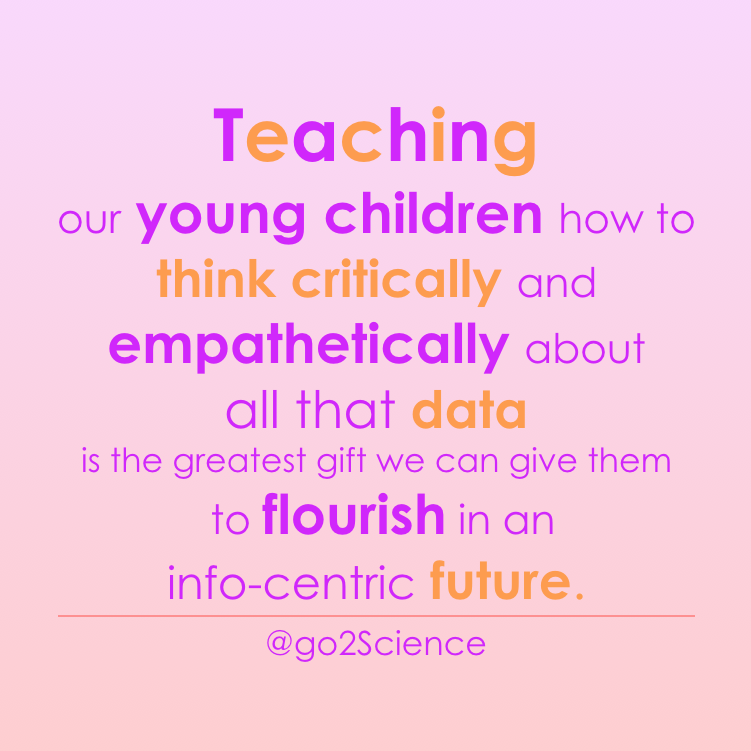
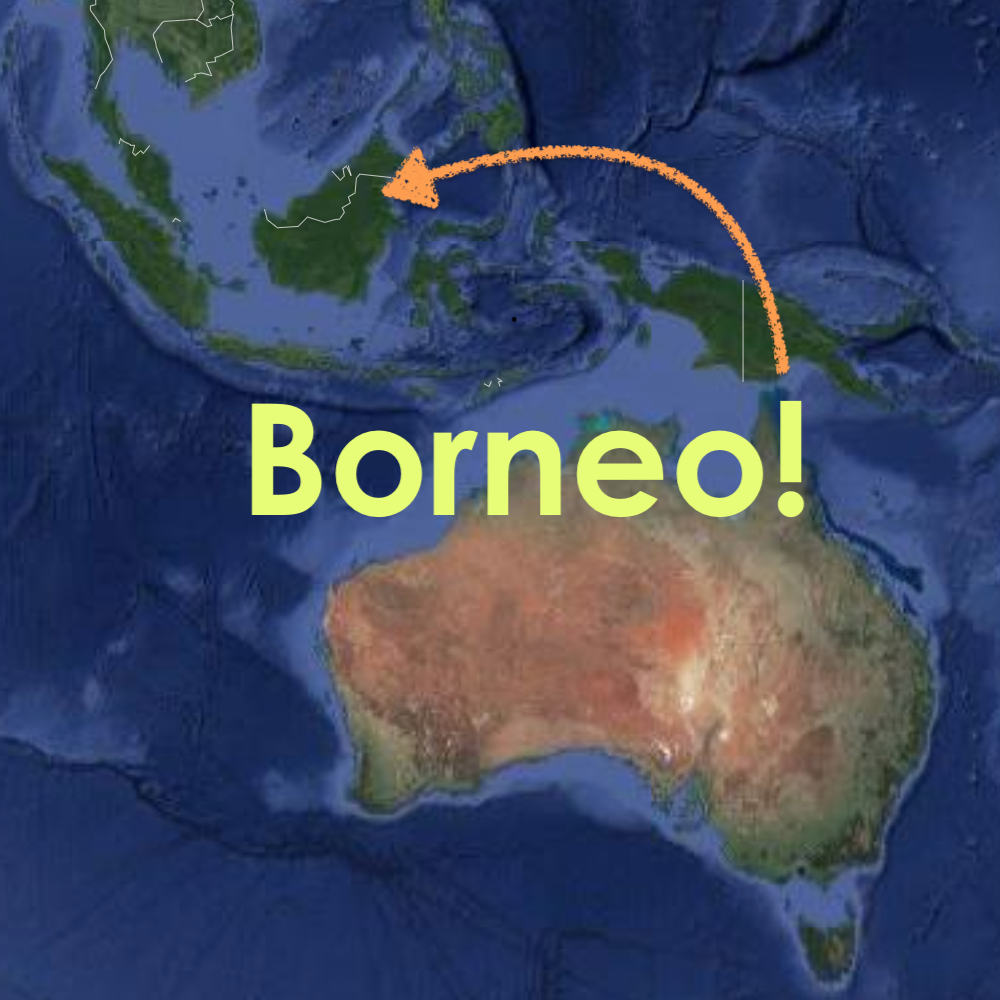

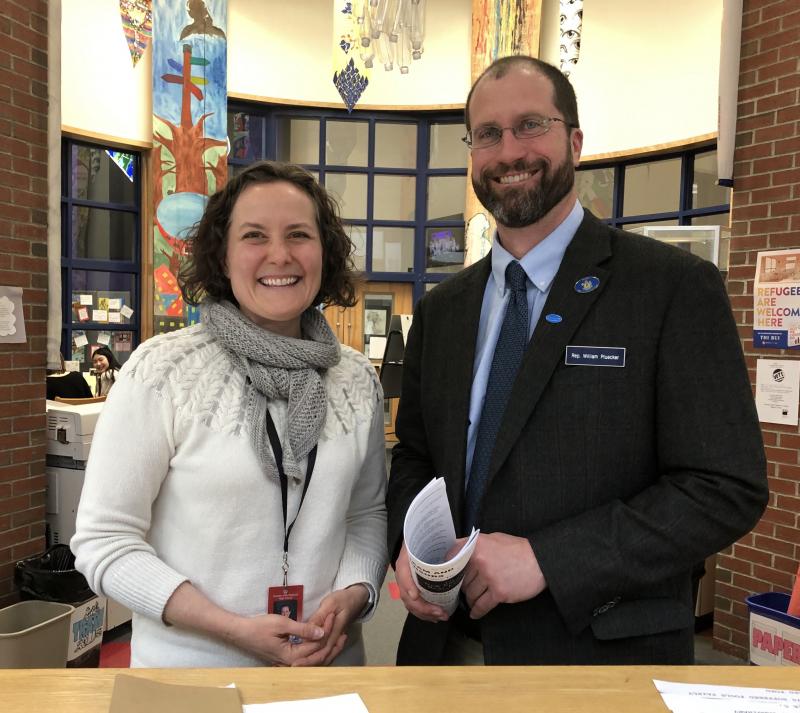
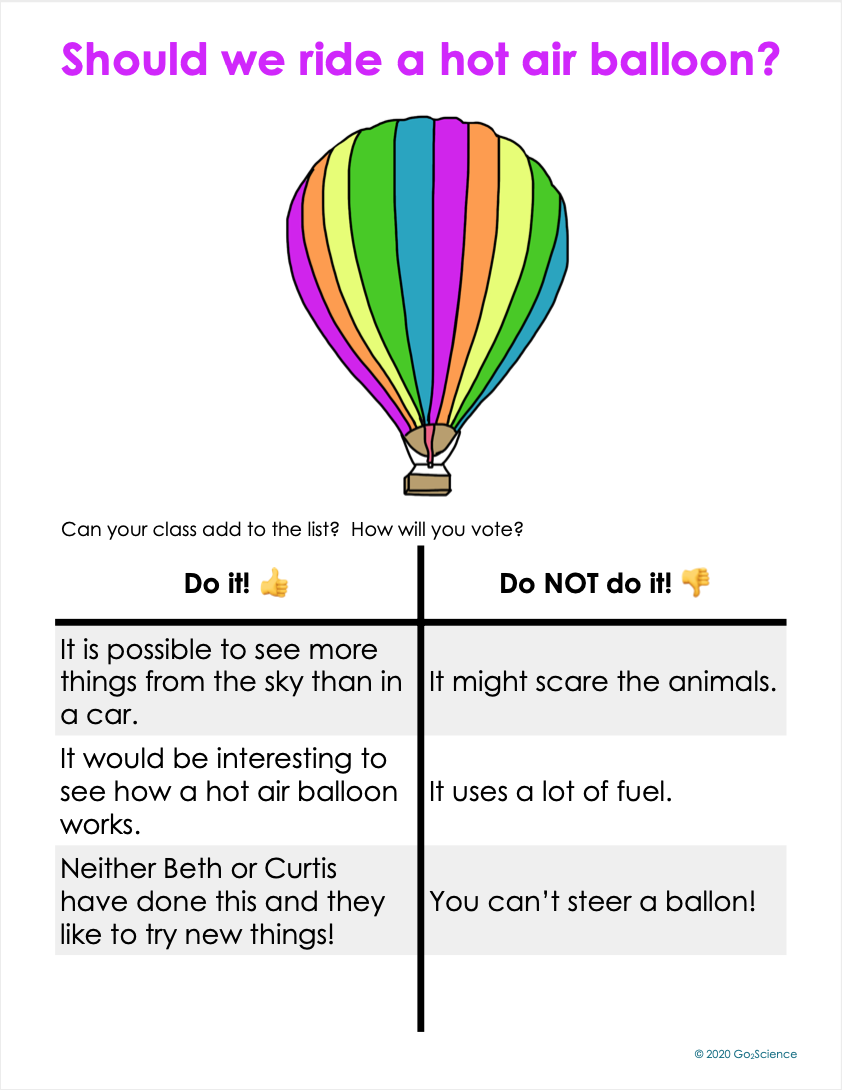
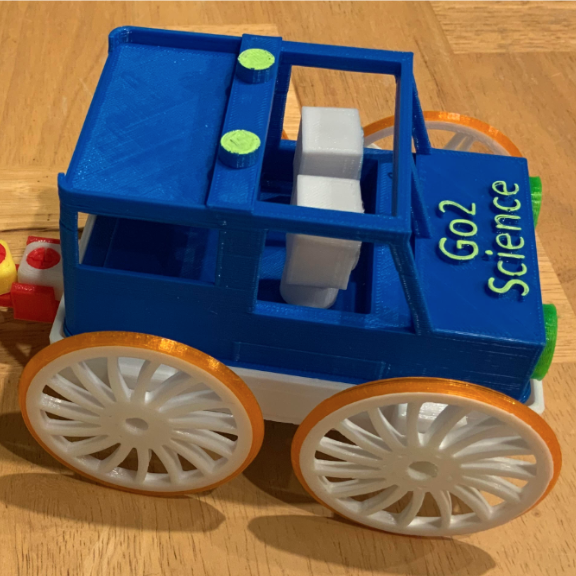
 RSS Feed
RSS Feed
